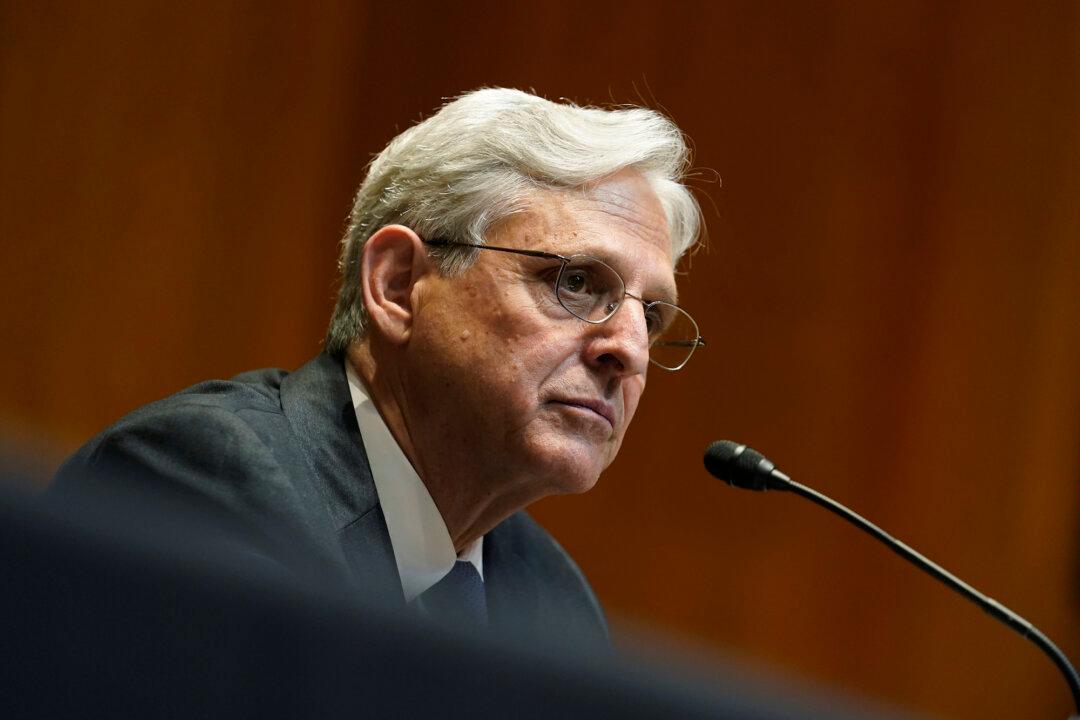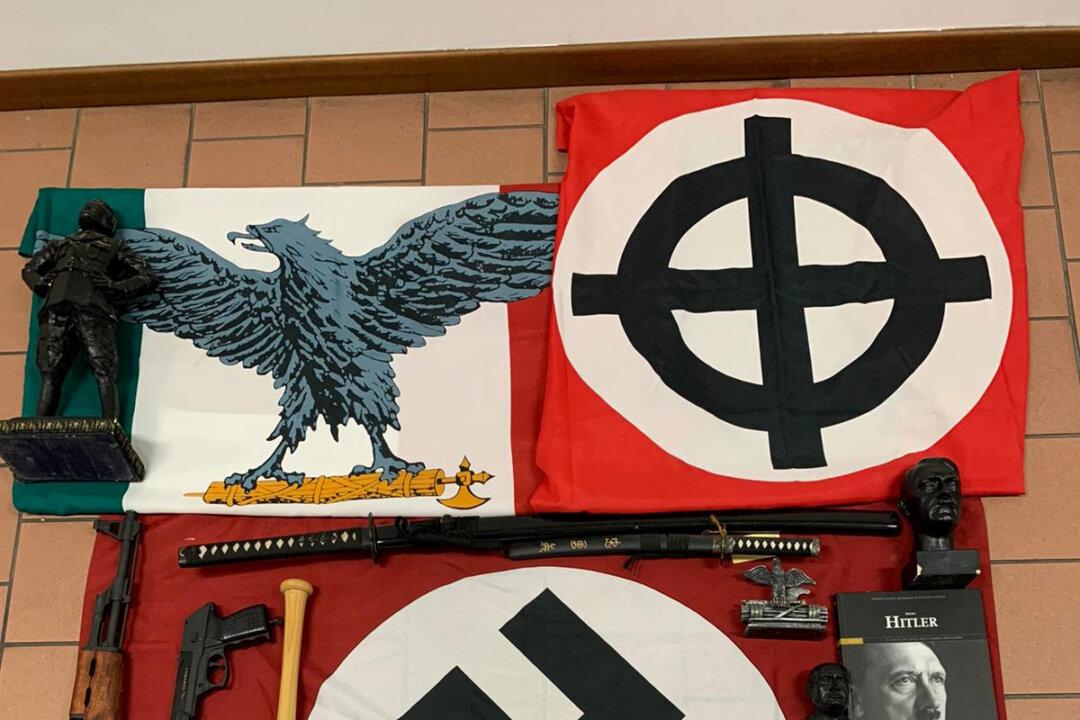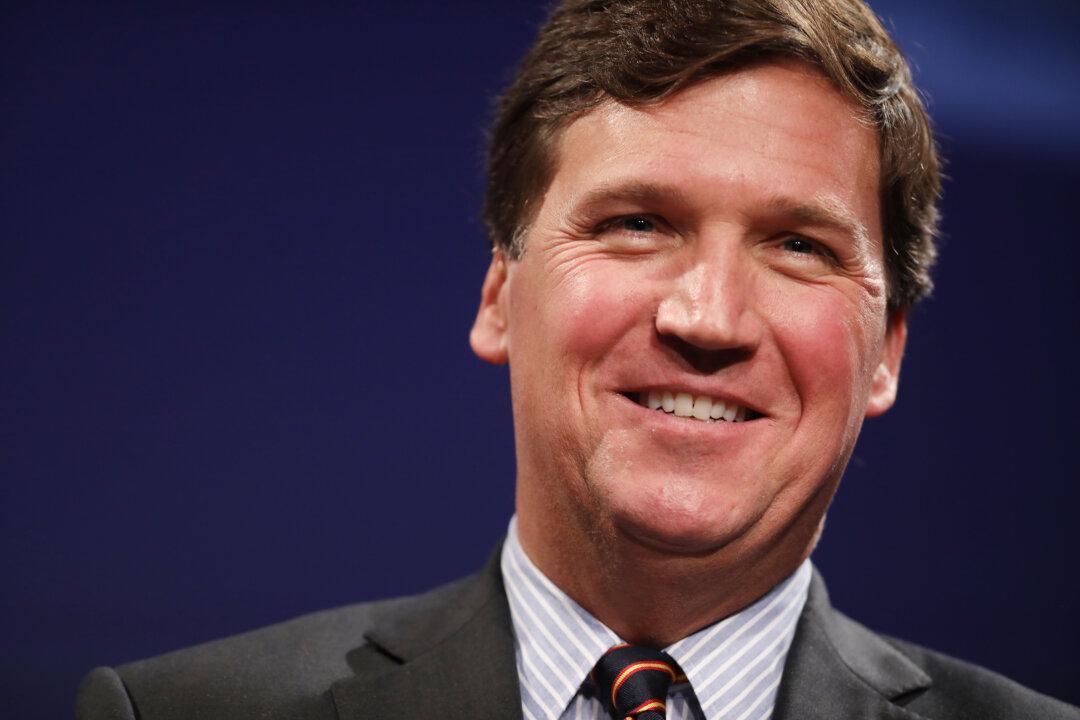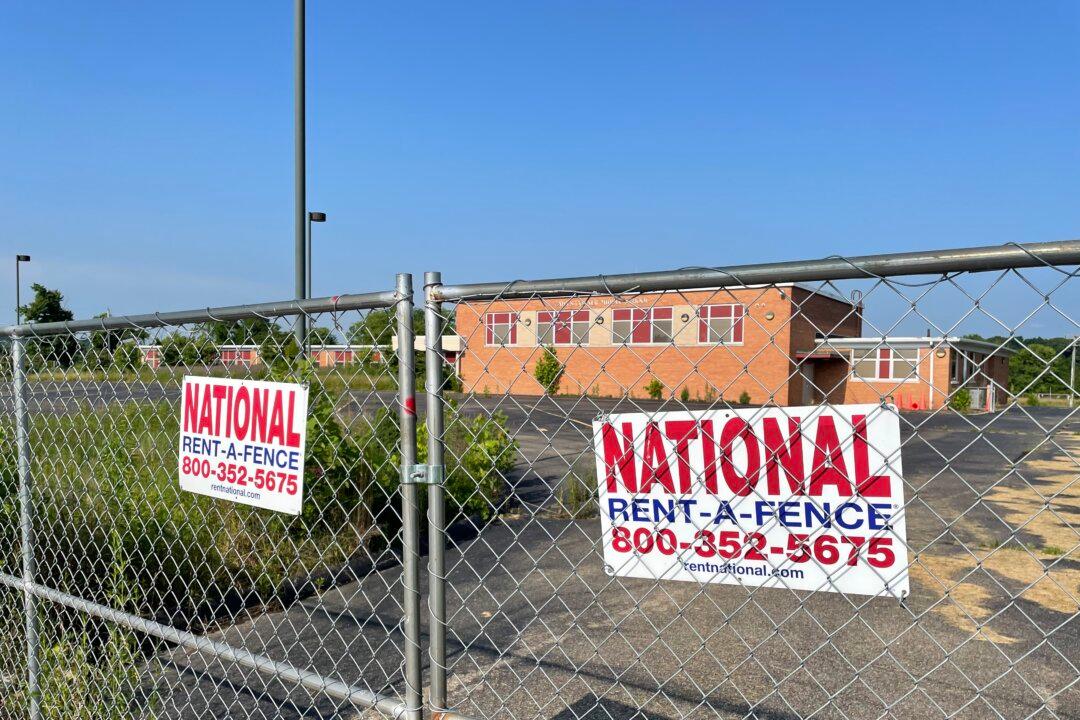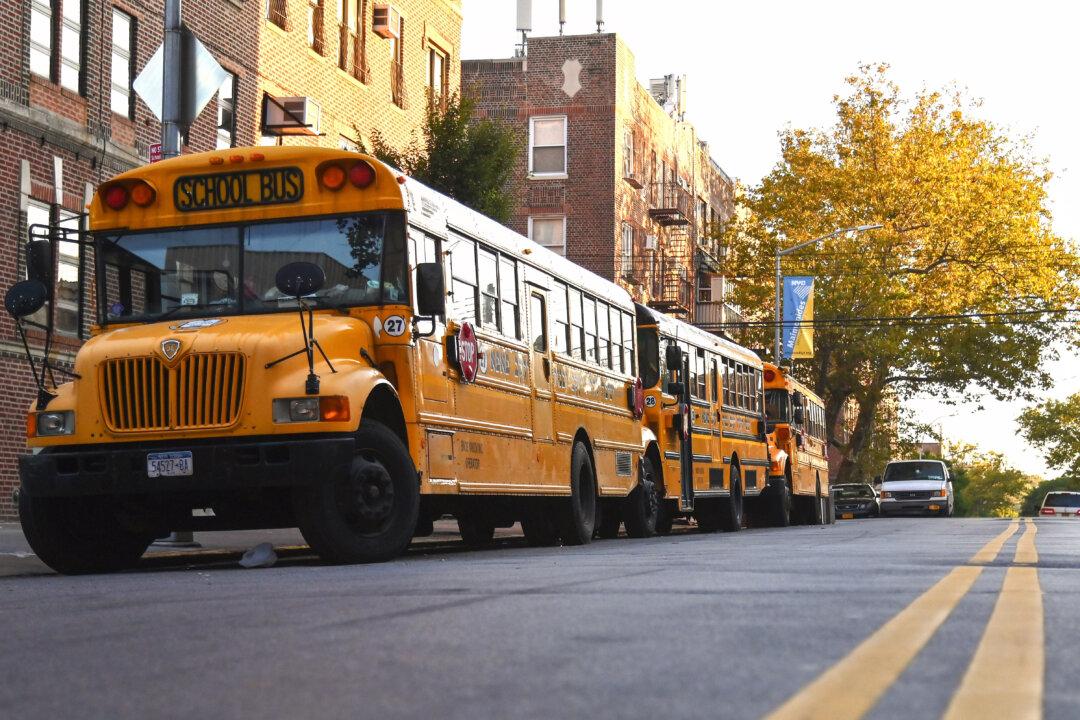During the tenure of Attorney General Merrick Garland, the Department of Justice launched an investigation into threats of violence against school board members, pushed for severe sentences against Jan. 6 defendants, and created a new domestic counterterrorism office—all with the stated aim of combating white supremacy and domestic extremism.
But if Garland really wants to combat violent racists, according to researchers of the subject, then he should reopen the case he worked on 27 years ago and find the accomplices of Oklahoma City bomber and avowed white supremacist Timothy McVeigh.
